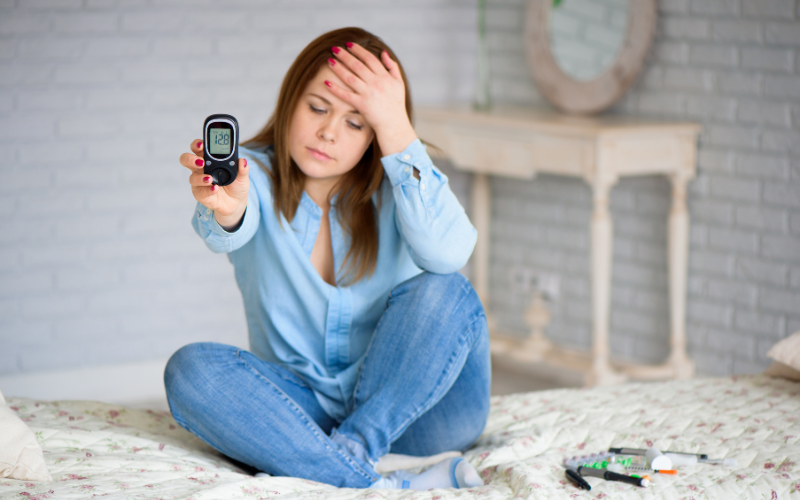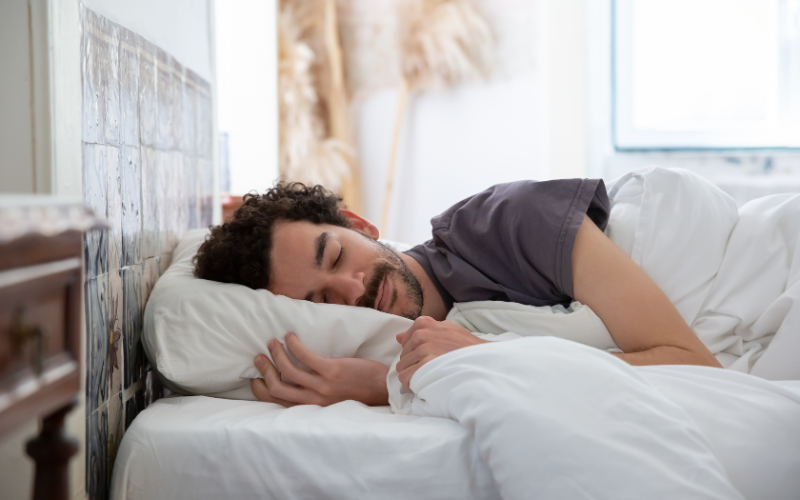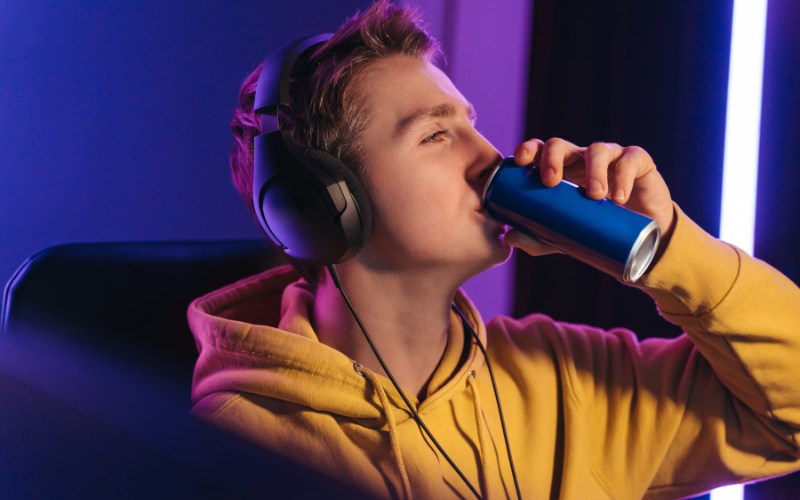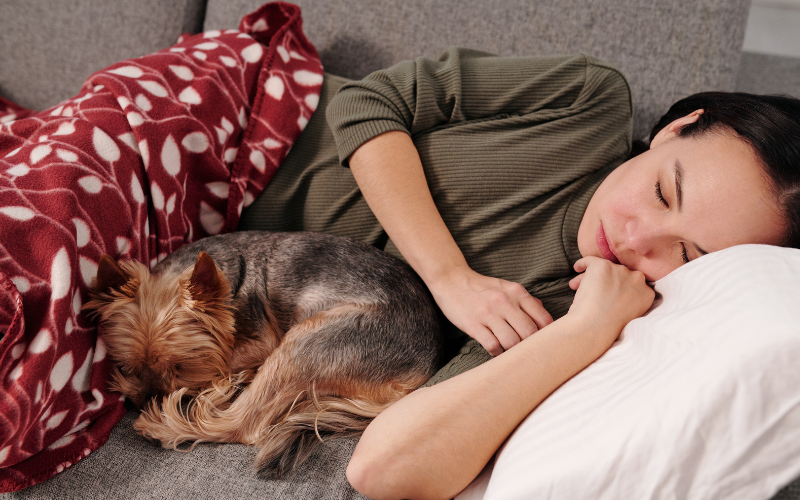Sleep Chaos Fuels Type 2 Diabetes Risk
Original Article | Sleep Review Magazine
Middle-aged to older adults with inconsistent sleep duration had a heightened risk of developing diabetes compared to those with more consistent sleep patterns.
Summary: A study conducted by Brigham and Women’s Hospital found that middle-aged to older adults with inconsistent sleep durations had a significantly higher risk of developing type 2 diabetes compared to those with more consistent sleep patterns. The research, analyzing data from over 84,000 participants, revealed that irregular sleep patterns increased diabetes risk by 34%. Researchers say the study underscores the importance of maintaining regular sleep patterns as a modifiable lifestyle factor to prevent type 2 diabetes.

Key Takeaways:
- Increased Diabetes Risk with Irregular Sleep: The study found that individuals with the most irregular sleep patterns had a 34% higher risk of developing type 2 diabetes compared to those with consistent sleep durations.
- Importance of Regular Sleep for Diabetes Prevention: Researchers highlighted the importance of regular sleep patterns as a modifiable lifestyle factor that can help reduce the risk of type 2 diabetes. The findings suggest that promoting consistent sleep could be a key strategy in diabetes prevention efforts.
- Need for Diverse and Long-term Studies: The study had limitations, including a predominantly older, white, and healthy participant group, and short-term sleep data collection. Future research aims to include younger and more diverse populations to better understand the biological mechanisms and confirm these findings across different demographics.
Getting consistent sleep could help stave off type 2 diabetes, new research suggests.
A study led by investigators at Brigham and Women’s Hospital, a founding member of the Mass General Brigham healthcare system, analyzed sleep patterns over seven nights and then followed participants for more than seven years.
The researchers discovered that irregular sleep durations were associated with an increased risk of diabetes, with individuals with the greatest irregular patterns having a 34% higher diabetes risk than their counterparts.
Importance of Regular Sleep Patterns
Researchers say the findings, published in Diabetes Care, suggest the importance of regular sleep for diabetes prevention.
“Our study identified a modifiable lifestyle factor that can help lower the risk of developing type 2 diabetes,” says lead author Sina Kianersi, PhD, a research fellow in the Channing Division of Network Medicine at Brigham and Women’s Hospital, in a release. “Our findings underscore the importance of consistent sleep patterns as a strategy to reduce type 2 diabetes.”
Type 2 diabetes affects close to half a billion people worldwide and is one of the top 10 leading causes of death and disability. The number of people with type 2 diabetes is expected to more than double to 1.3 billion by 2050. Researchers say this situation highlights the need for innovative strategies for diabetes prevention.
Study Details and Findings
The new study analyzed accelerometry data from more than 84,000 participants in the UK Biobank Study to investigate any possible association between sleep and type 2 diabetes.
Participants were an average age of 62 years (57% female, 97% white) and were initially free of diabetes. They wore accelerometers—devices like watches that monitor movement—for seven nights. The participants were followed for approximately 7.5 years, tracking diabetes development mostly through medical records.
The study set out to investigate two key questions: First, whether irregular sleep durations may promote diabetes development through circadian disruption and sleep disturbance and, second, whether this association varies across genetic predispositions to diabetes.
Risk Factors and Analysis
The investigators found that more irregular sleep duration was associated with higher diabetes risk after adjusting for a wide range of risk factors. This association was more pronounced in individuals with longer sleep duration and lower polygenic risk score for diabetes.
The data revealed that compared to participants with regular sleep patterns, those with irregular sleep (where day-to-day sleep duration varied by more than 60 minutes on average) had a 34% higher risk of developing diabetes. The risk decreased, yet persisted, even after accounting for lifestyle, co-morbidities, family history of diabetes, and obesity indicators.
There were some study limitations. Certain lifestyle information used in the research was collected up to five years before the accelerometer study began. This might have affected the accuracy of the results. Also, the assessment of sleep duration based on seven days may not capture long-term sleep patterns. Lastly, study participants were mainly healthy, older, and white, and may not represent outcomes for more diverse populations.
Future Research Directions
The researchers plan to study participants from younger age groups and with diverse racial backgrounds. They are also interested in exploring the biological reasons why sleep irregularity increases the risk of diabetes.
“Our findings have the potential to improve diabetes prevention on multiple levels,” says Kianersi in a release. “Clinically, they might inform better patient care and treatment plans. Public health guidelines could promote regular sleep patterns. However, more research is needed to fully understand the mechanism and confirm the results in other populations.”
Photo 91507451 © Piotr Adamowicz | Dreamstime.com







